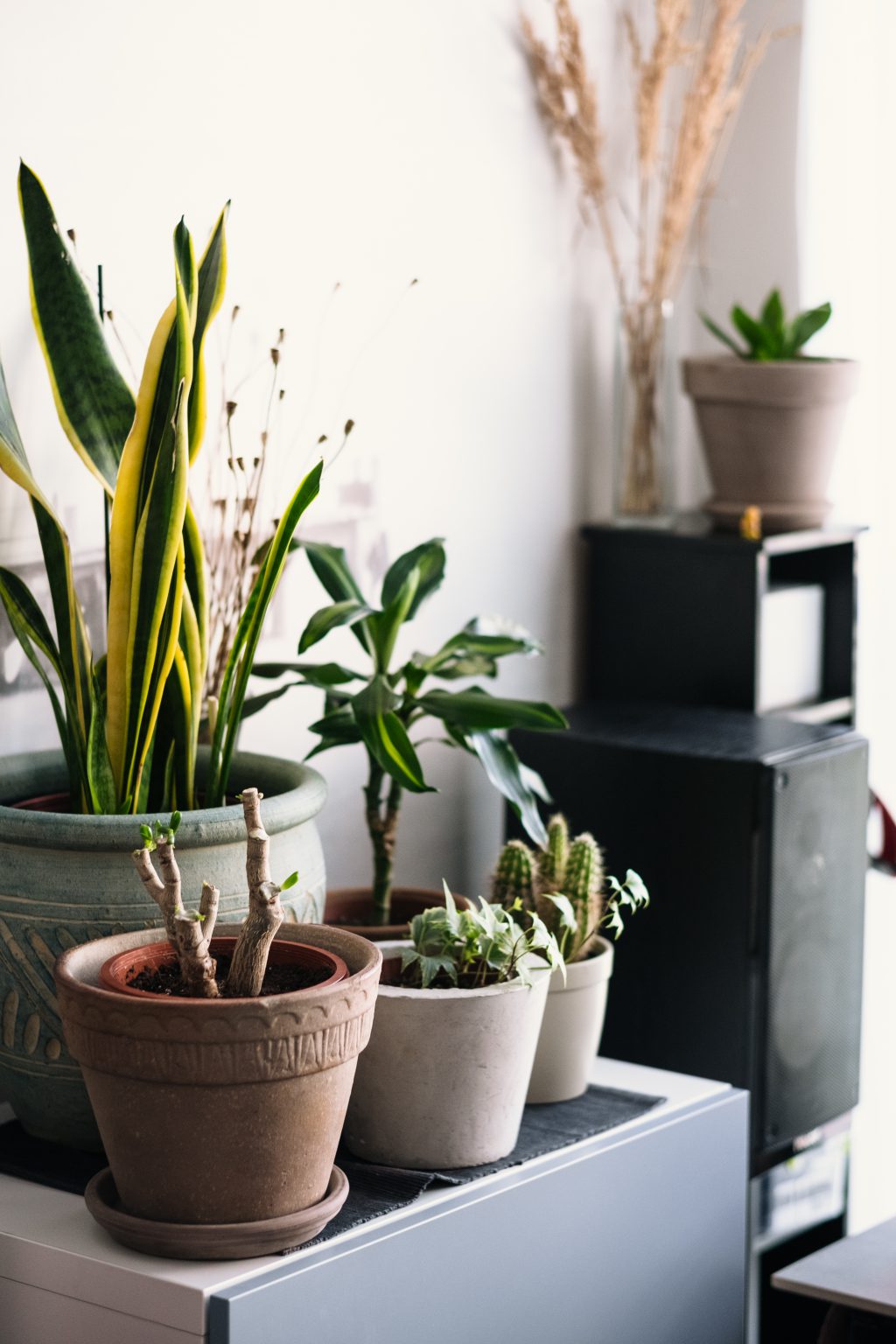Mini ecosystems add nature inside with elegance
페이지 정보

본문
Glass ecosystems are tiny environments sealed within glass containers, created to replicate earthlike settings in a small and aesthetic format. These self-contained gardens can contain a diverse range of plants, including green moss, leafy plants, cacti, and even dwarf tropical plants, depending on the labradorite terrarium type. Their small structure makes them an excellent solution for people who appreciate plants but have limited room, such as apartment dwellers or office workers.
There are two primary kinds of terrariums: ventilated and sealed. Airy containers allow oxygen circulation and are better fit for dry, light-requiring species like echeveria and sedum. Moist enclosures, on the other hand, retain humidity and develop a moist setting that sustains mosses and shade plants. Both varieties require minimalist care, rendering them especially suitable to first-time gardeners or those without a green thumb. Most only need periodic watering, trimming, and filtered light.
Enclosed plant displays are not only functional but also extremely decorative. Their transparent sides allow a unobstructed view of the delicately arranged greenery, soil layers, and earthy decor like rocks, wood pieces, or tiny figurines. This charm has made them popular for living space design, event centerpieces, and unique keepsakes. With some creativity, terrariums can suggest a woodland scene, desert landscape, or even a mythical setting in tiny scale.
Beyond decoration, green containers deliver educational and therapeutic rewards. They’re often used in classrooms to introduce students about botany, the hydrologic cycle, and habitats. Watching a self-sustained garden thrive can be a peaceful, almost soothing routine. It fosters stillness, mindfulness, and a deeper respect for the natural world. Many people discover delight in creating and designing their own terrarium, making it into a rewarding activity.
Building a miniature habitat at home requires only a few essential materials: a transparent vessel, suitable vegetation, substrate, base materials (like rocks or biochar), and accents. The method is simple and forgiving, enabling for creativity and custom flair. Whether positioned on a shelf, counter, or ledge, glass displays add a touch of greenery indoors.
 As eco-consciousness and indoor gardening grow, terrariums have earned popularity globally. They offer a budget-friendly, minimal-care way to connect with nature, reduce tension, and enhance limited rooms. Whether you’re a seasoned gardener or a complete beginner, designing a terrarium is a satisfying, easy way to develop your own personal paradise.
As eco-consciousness and indoor gardening grow, terrariums have earned popularity globally. They offer a budget-friendly, minimal-care way to connect with nature, reduce tension, and enhance limited rooms. Whether you’re a seasoned gardener or a complete beginner, designing a terrarium is a satisfying, easy way to develop your own personal paradise.
There are two primary kinds of terrariums: ventilated and sealed. Airy containers allow oxygen circulation and are better fit for dry, light-requiring species like echeveria and sedum. Moist enclosures, on the other hand, retain humidity and develop a moist setting that sustains mosses and shade plants. Both varieties require minimalist care, rendering them especially suitable to first-time gardeners or those without a green thumb. Most only need periodic watering, trimming, and filtered light.
Enclosed plant displays are not only functional but also extremely decorative. Their transparent sides allow a unobstructed view of the delicately arranged greenery, soil layers, and earthy decor like rocks, wood pieces, or tiny figurines. This charm has made them popular for living space design, event centerpieces, and unique keepsakes. With some creativity, terrariums can suggest a woodland scene, desert landscape, or even a mythical setting in tiny scale.
Beyond decoration, green containers deliver educational and therapeutic rewards. They’re often used in classrooms to introduce students about botany, the hydrologic cycle, and habitats. Watching a self-sustained garden thrive can be a peaceful, almost soothing routine. It fosters stillness, mindfulness, and a deeper respect for the natural world. Many people discover delight in creating and designing their own terrarium, making it into a rewarding activity.
Building a miniature habitat at home requires only a few essential materials: a transparent vessel, suitable vegetation, substrate, base materials (like rocks or biochar), and accents. The method is simple and forgiving, enabling for creativity and custom flair. Whether positioned on a shelf, counter, or ledge, glass displays add a touch of greenery indoors.
 As eco-consciousness and indoor gardening grow, terrariums have earned popularity globally. They offer a budget-friendly, minimal-care way to connect with nature, reduce tension, and enhance limited rooms. Whether you’re a seasoned gardener or a complete beginner, designing a terrarium is a satisfying, easy way to develop your own personal paradise.
As eco-consciousness and indoor gardening grow, terrariums have earned popularity globally. They offer a budget-friendly, minimal-care way to connect with nature, reduce tension, and enhance limited rooms. Whether you’re a seasoned gardener or a complete beginner, designing a terrarium is a satisfying, easy way to develop your own personal paradise.- 이전글Play m98 Gambling enterprise Online in Thailand 25.07.03
- 다음글Ufabet: Enjoy Thrilling Online Casino Games in Thailand 25.07.03
댓글목록
등록된 댓글이 없습니다.
